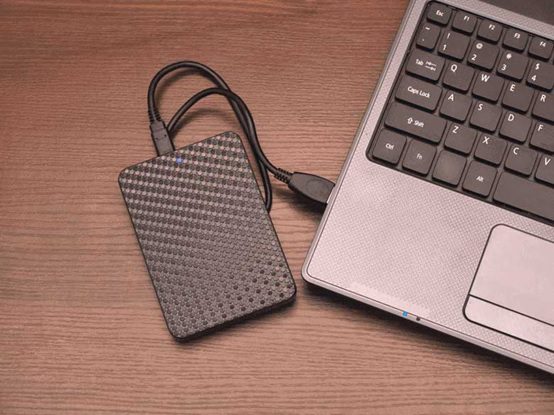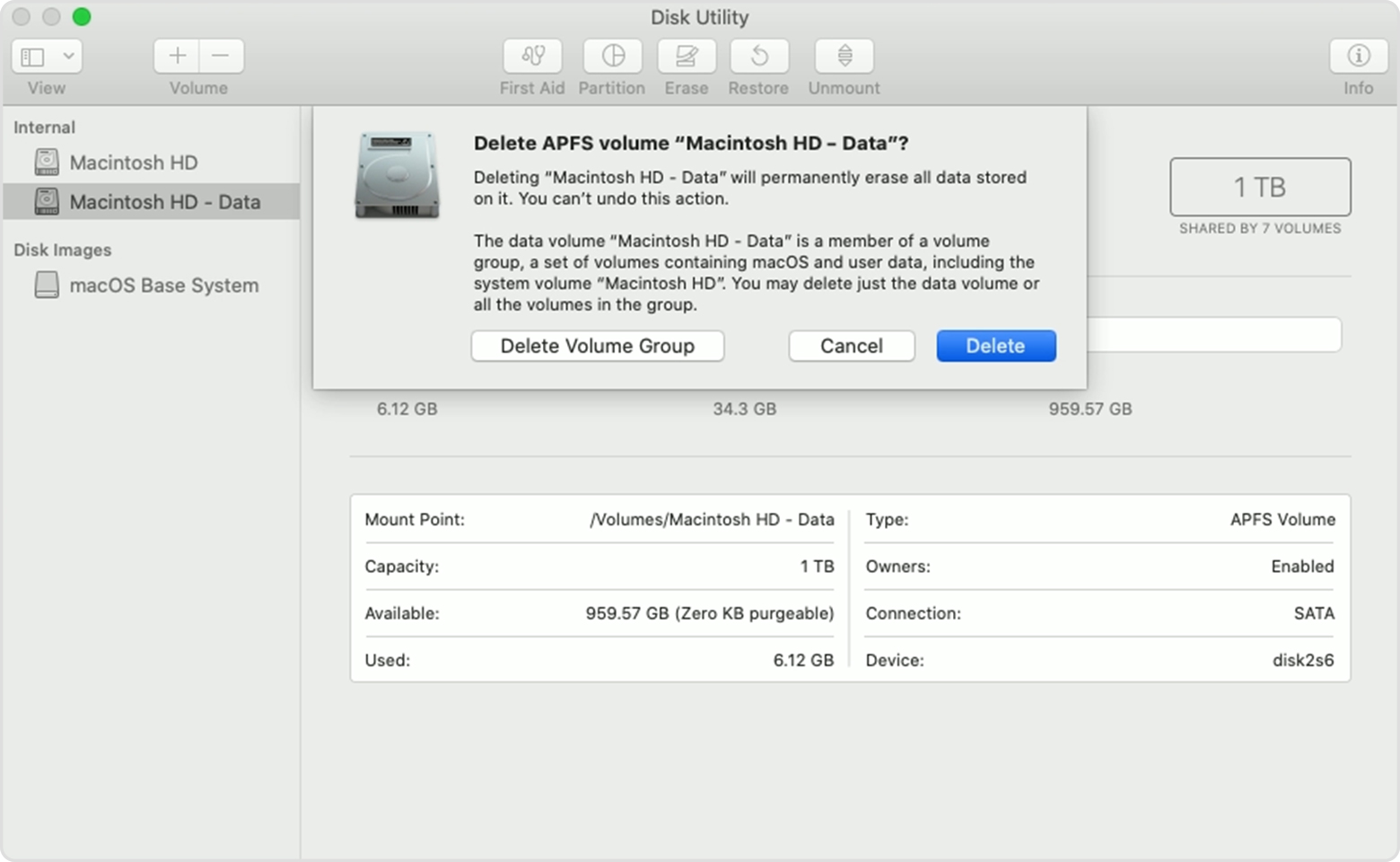


What should you do instead? It depends on your primary platform. Never use for live access of information. Where should I use ExFat? Predominantly on a removable drive that is used solely to transfer between systems. If they’re not accounted for, and you eject the drive incorrectly, you’ll possibly lose data or corrupt the drive. While reading/writing to a drive, some information is cached – especially some quick small elements. There are many, many of us who professionally switch platforms, sometimes inside of the same day. On paper, it looks great, but no, I don’t think you should use it!Ī good rule of thumb? If you’re on a Mac, use HFS+/Mac OS Extended. It can be read/written by Mac or Windows and doesn’t have the limitation of 4GB like Fat32. ExFat (Extensible File Allocation Table).It’s the most common Mac drive format – and also called MacOS Extended. Readable on both Mac and Windows, but only writeable on Windows. They read/write cross-platform, but a file must always be less than 4GB. Most of my thumb drives have been formatted from the factory. Yes, there are some others, but these are the ones you’re most likely to encounter. We have a guide for backing up a Mac, as well as backing up a PC.Here’s a shortlist of common drive formats. Now that you have your drive formatted based on how you plan to use it, take a few minutes and make sure you're backing up your computer. Going forward, you should be able to use the drive and its dual partitions on their respective operating systems. Give your settings a final lookover and click Apply. Then click the second partition, name it Mac and change its format to APFS.

Name one partition Windows and change its format to exFAT. For example, you might want more storage for your Mac than you do for your PC. Click the + sign to add a second partition, then drag the lines to adjust the size of each partition. Select the drive from the left sidebar, then click the Partition tab. To do that, connect the empty external HD to your Mac and launch Disk Utility. You won't be able to write to the Mac side from your Windows computer, and vice versa, but it's a good solution for people who want all the advantages each format has to offer for its respective system. For example, if you have a 1TB hard drive, 500GB of storage can be used with your Windows computer, and 500 will be dedicated to your Mac computer. This solution is a little different than the previous two because instead of having one hard drive that works with both machines, you're splitting your HD into two sections, each dedicated to a different OS. Option 3: Create two partitions on your hard drive to use with each OS, separately. You aren't stuck with your drive formatted for one platform forever.


 0 kommentar(er)
0 kommentar(er)
